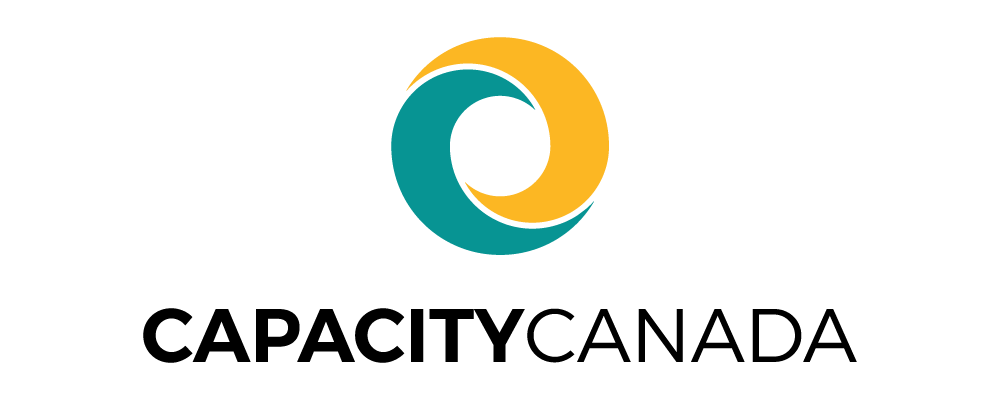|
Getting your Trinity Audio player ready...
|
I was fortunate enough to participate in a design sprint with folks from Extend-A-Family in Kitchener Waterloo. What follows are some observations regarding the process and the learning outcomes.
First off, the group began with a fairly clear idea about the challenge to be addressed. It related to an impending physical space issue that needed attention. The group also recognized that the physical space decision was intertwined with how people wanted or needed to work in serving those in the community.
Given that the design thinking is a human-centered process it was important to obtain insights from interviewing representatives from the various employee groups/teams in the agency. What surfaced from this investigation was very insightful in that it not only revealed issues related to the current physical space layout it yielded valuable knowledge about the current working relationships across teams.
These insights fueled the next stage in the design process, ideation. Two very interesting ideas were selected from an array of surfaced possibilities; one dealing with desired physical space layout and the other with communication across teams or departments. Prototyping a social service can be challenging in that it is something that is intangible in comparison to a physical product. After some initial struggling, the two teams involved in the sprint built some very interesting representations of their potential solutions to the problems tackled. The act of building, getting your ideas reflected in a visible form was in itself a valuable learning process. It was interesting to see the energy and discussion that emerged from showcasing the two “low fidelity” prototypes with the folks that would be impacted by any adopted solutions. Not only was there valuable feedback on and extensions to what was shared, there was enthusiastic visioning around their adoption and use.
Reflecting back on what transpired during the design sprint it became very clear that there was learning through sharing occurring at all stages – from problem framing through to testing of the prototypes. Understanding, ideas, and solutions are enriched through transparency and sharing. The photos below capture some of this valuable activity in a design sprint.

